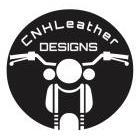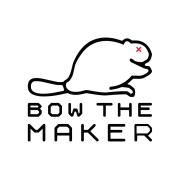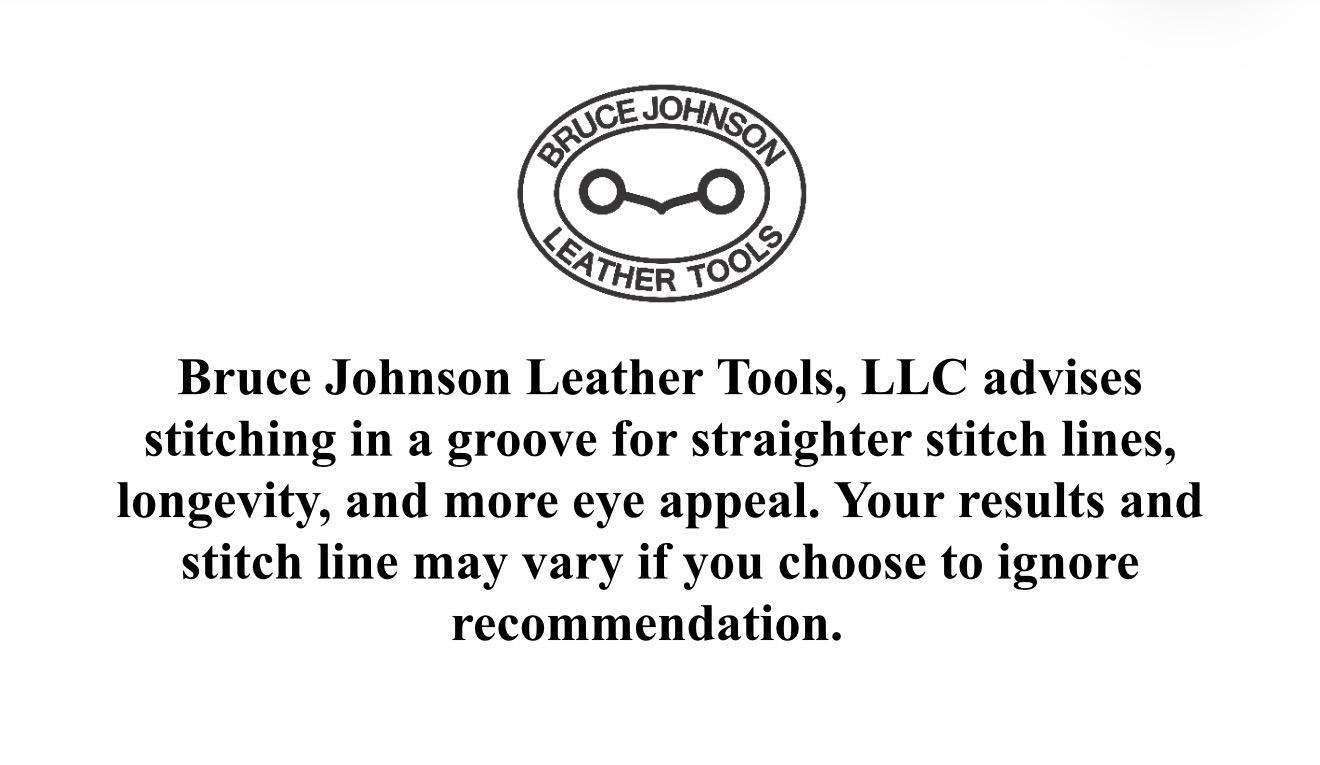-
Posts
4,386 -
Joined
-
Last visited
About bruce johnson
- Birthday 06/15/1960
Contact Methods
-
Website URL
http://www.brucejohnsonleather.com
Profile Information
-
Gender
Male
-
Location
Oakdale, CA
-
Interests
leather tools and history
LW Info
-
Leatherwork Specialty
Leather Tools
-
Interested in learning about
everything
-
How did you find leatherworker.net?
Ive been here from about day one
Recent Profile Visitors
58,513 profile views
bruce johnson's Achievements

Leatherworker.net Regular (4/4)
-
I’ve done both. Straps loosely rolled in a jumbo zip lock. Flat pieces left flat. I left enough air to keep the plastic off the leather surface. Initial case in the morning or evening, 12 hours to even out, then tool. If I didn’t finish then back in the bag. I didn’t see much difference in the refrigerator or not.
-
That is how they are supposed to look. They are designed mainly for floral carving and especially beveling tight stem work with close lines. You can bevel a line without mashing down the adjacent cutc. Also to bevel a crossing element without mashing and leaving a large halo on the part below lie a flower over a stem or leaf. I liked steep bevelers for lightly breaking over the outside of a cut line for beadlines too. just lightly break that square edge.
-
And here I just make them out of old screwdrivers...you guys are fancy!
-
This right here. I am not picking on you but if I have to do anything more than once, every pass is a chance for error. It doesn't matter what. Two coats of dye on an edge, multiple hits on a stamp, whatever. Two or three passes with something with no steering like a wing divider - I am not that consistent either. Saddle divider with a wide flat inside surface to follow an edge then yes. Now the crabby old guy perspective and not pointed at anyone, just how i learned and was taught. I get this question a lot and here is my answer. The only place I did not groove was stitching into crease lines on wallet interiors with #69 thread. The purpose of a stitch groove is to recess the thread to prevent thread wear and/or add comfort to user in contact areas. They make different styles of groovers and different size grooving tips. You can match the groove width and depth to the thread size. even the amount of pressure you use can control depth and width with some groovers. You don't have to dig a 3x3 ditch for #92 thread and a scratch line for #346 is just a target line for straight stitching and not functional. For the people who say that you weaken the leather, I hear that a lot. The "strength of leather is all in the grain". OK, take that little spindle of leather you grooved off and pull it apart between a two finger grip. If that is the strength you need to keep your work together you have bigger problems. There is essentially no added strength in that little hair of leather. If there was then there would be instructions on how to make projects with it (actually you can make decorative miniature bird nests with it). The strength of the leather is all in the density of the dermis, thickness, and what part of the hide it comes from. That little sliver of epidermis is inconsequential. I have stickers made up (see below) on all the sewing machines in the shop for my wife and anyone who comes over and borrows some machine time.
-
Keep a straight stitch line and remember to watch the groover next time. I would rub out the errant groove line as best I could and regroove it before I stitch.
-

Steele Saddle Trees on Crates/Fabtron Saddles
bruce johnson replied to ellaecman's topic in Saddle Construction
The narrow bars just means that the bars are not as wide through the middle (waist) as other trees - theoretically for closer contact. We could get into a big discussion of whether that is true in real life, but that is another rabbit hole. The narrow bars should mean less contact surface and again - theoretically less weight bearing surface. The front and rear of the tree bear weight and the area overall is what controls pressure. A narrow waist on a tree is a minor factor fit. Bar angles, bar length, twist, rock in the bars, gullet/ handhole width, and relief at the bar edges are all bigger factors for fit than that narrow waist. -
Super nice clean work - tooling, stitching, and finish are all top notch1
-
Mine had the oval hole. I raised it all the way up when I was sewing wear leathers on saddle blankets. otherwise - the teeth barely clearing the slot.
-
I had one. Sewed at least 30 new saddles on it, plus a ton of repair work. A couple miles of double latigo reins. production belts, wallets, everything. If it had 4 more inches of throat clearance it never would have left. If this one sews - $500 and I would not be asking, I would be robbing the ATM and gassing up the truck.
-

Need recommendations for steel bar plate for work bench
bruce johnson replied to desullivan's topic in How Do I Do That?
Check with a local steel yard if you have one close by. Sometimes you can get off cuts from the scrap. -

Need recommendations for steel bar plate for work bench
bruce johnson replied to desullivan's topic in How Do I Do That?
Lots of rivets have been knocked out and set on this by the [previous owner and me. This particular one measures 5x3x1. I have had 5x3s and 6x4s fairly often in old sets. I have had two I can think of with the USA mark. That mark is US Army and listed as standard equipment in some leather repair kits (The "battery wagon box"). -

Need recommendations for steel bar plate for work bench
bruce johnson replied to desullivan's topic in How Do I Do That?
not marking your leather or prone to rust - Stainless. The late Phil LeDuc used stainless as a tooling surface instead of granite. Thickness depends on what you are going to do with it and if it need to be flush in the gap between benches. My flat bench plates/anvils are 1" thick, but not stainless. good solid weight for light riveting and knocking out rivets. -

showoff Sharing one of our favorite recent projects.
bruce johnson replied to Teddy Patches's topic in Show Off!!
Interesting idea and concept! Is there a picture of the finished bag anywhere? -

Looking for information on these machine
bruce johnson replied to Brad denham's topic in Leather Sewing Machines
Randall strap creaser. What do you want to know?






